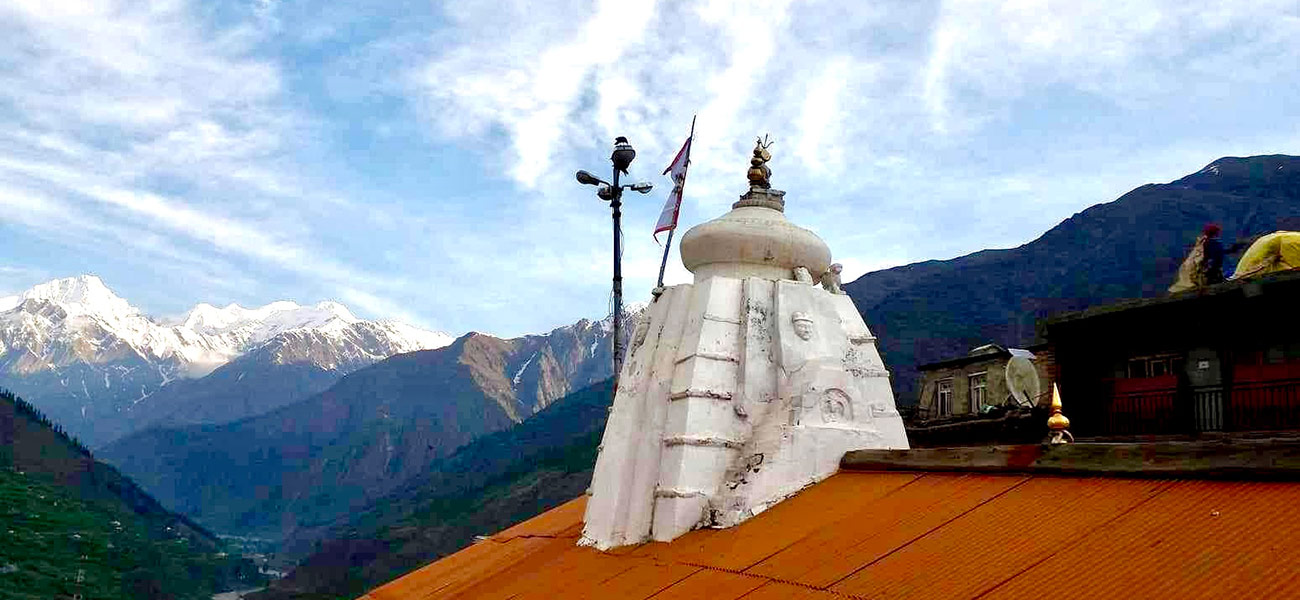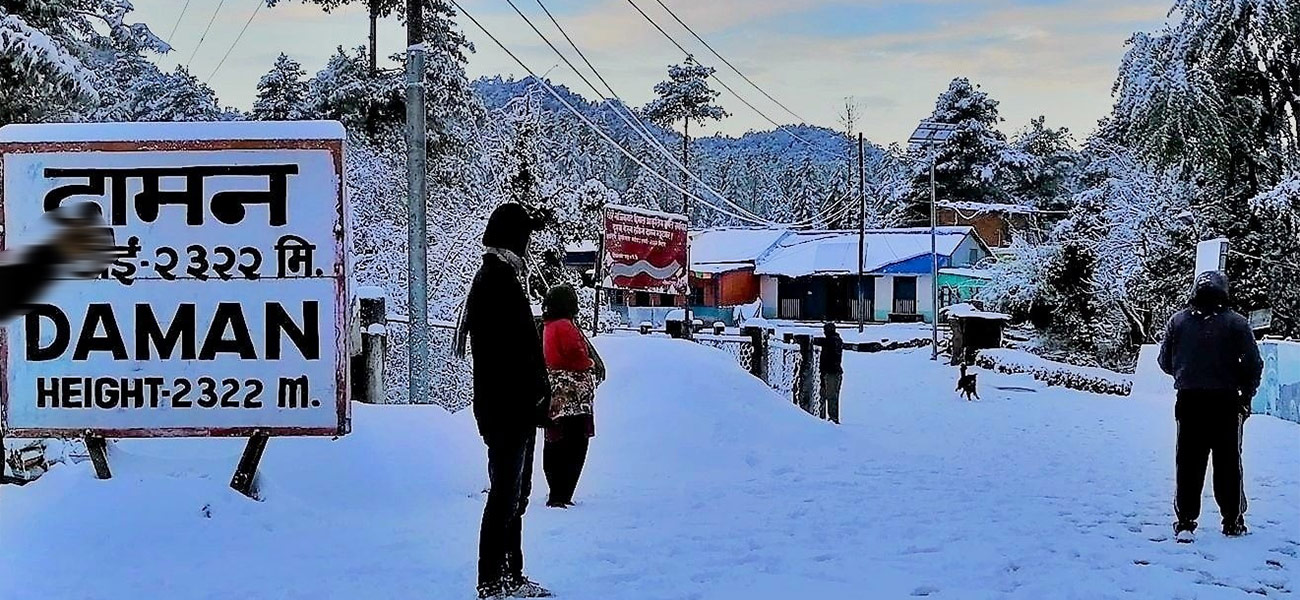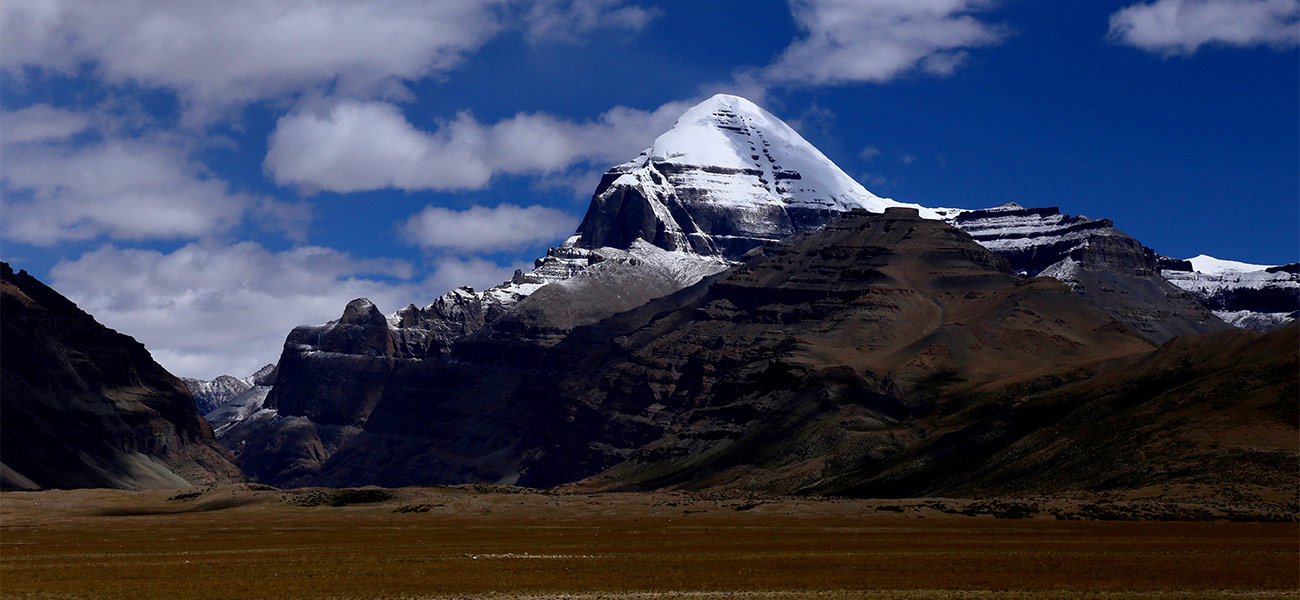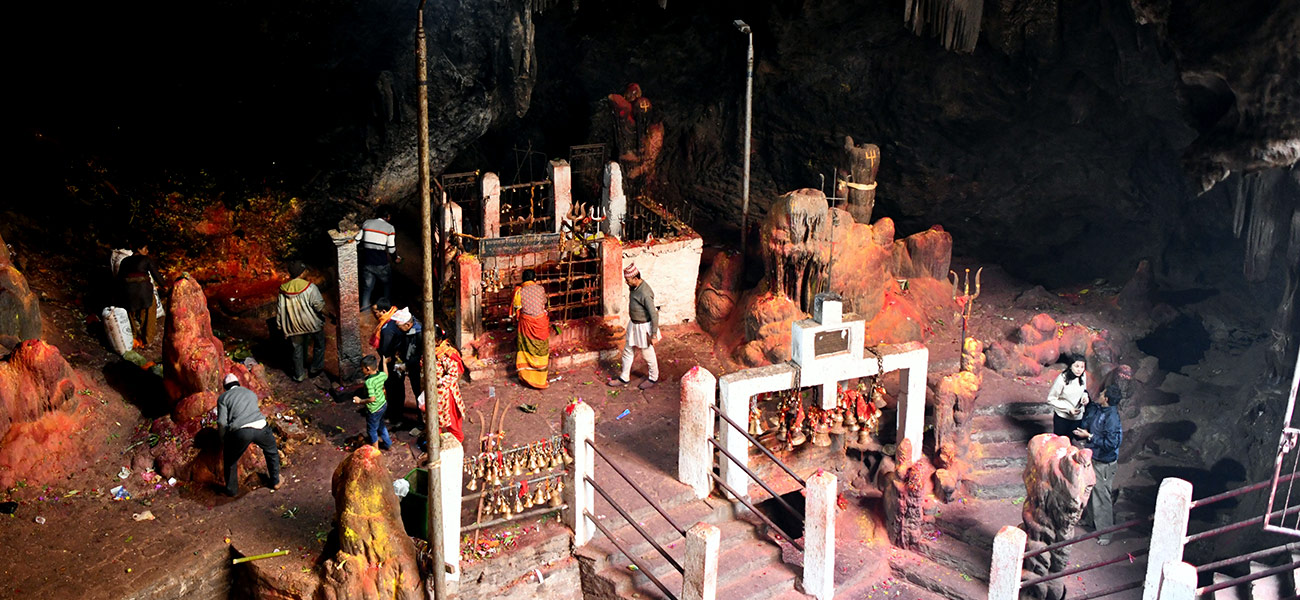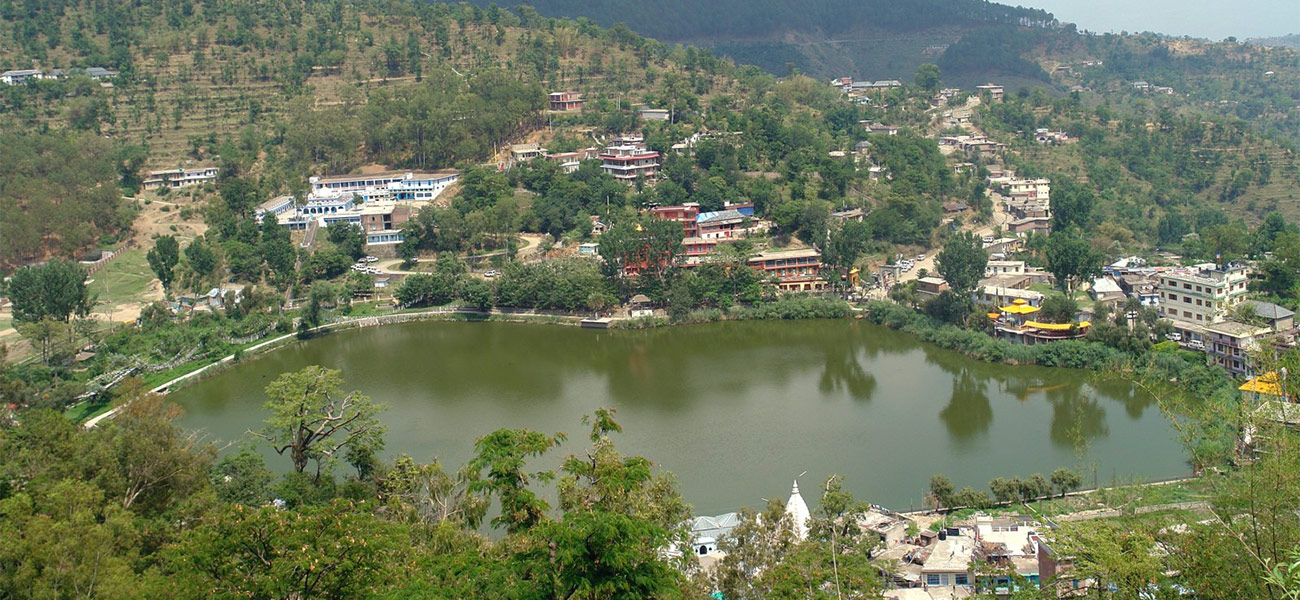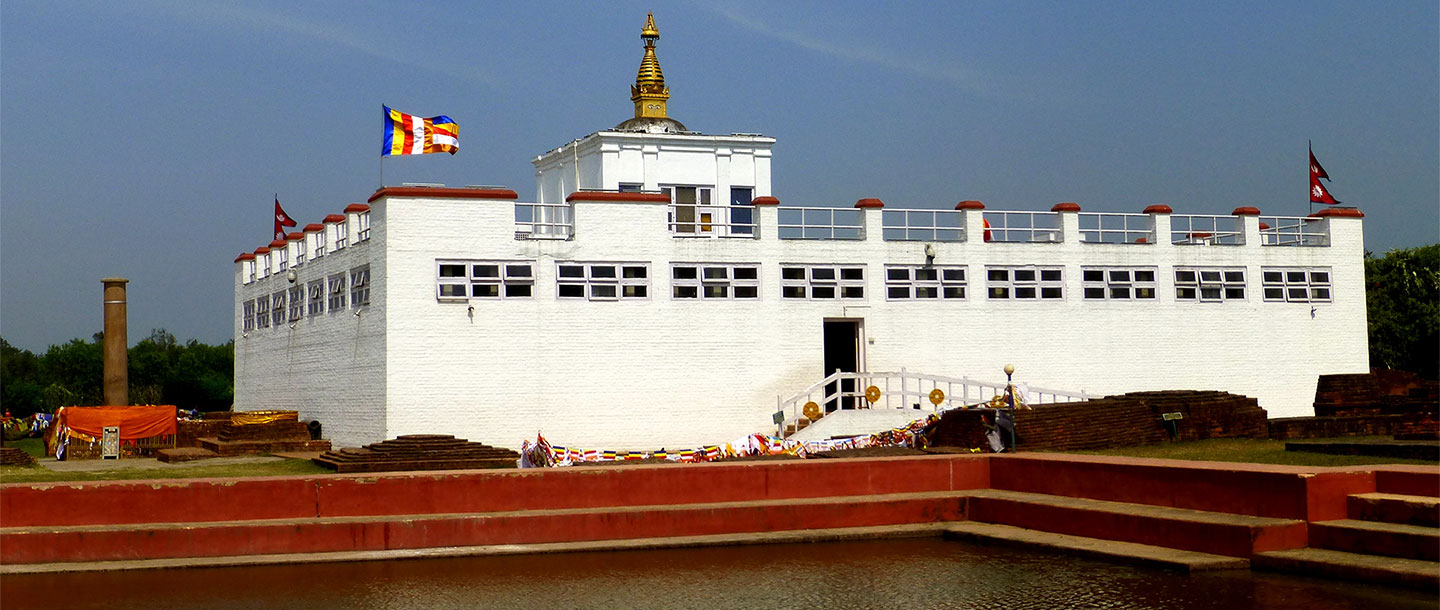Trilokinath Temple Tour
Sri Trilokinath Temple, Garsha Phakpa གར་ཞ་འཕགས་པ in Tibetan, is located in the Lahaul and Spiti district of Himachal Pradesh, India. This sacred and scenic spot is at Trilokinath village, 6 km south of the left bank […]
Read Details English
English नेपाली
नेपाली
